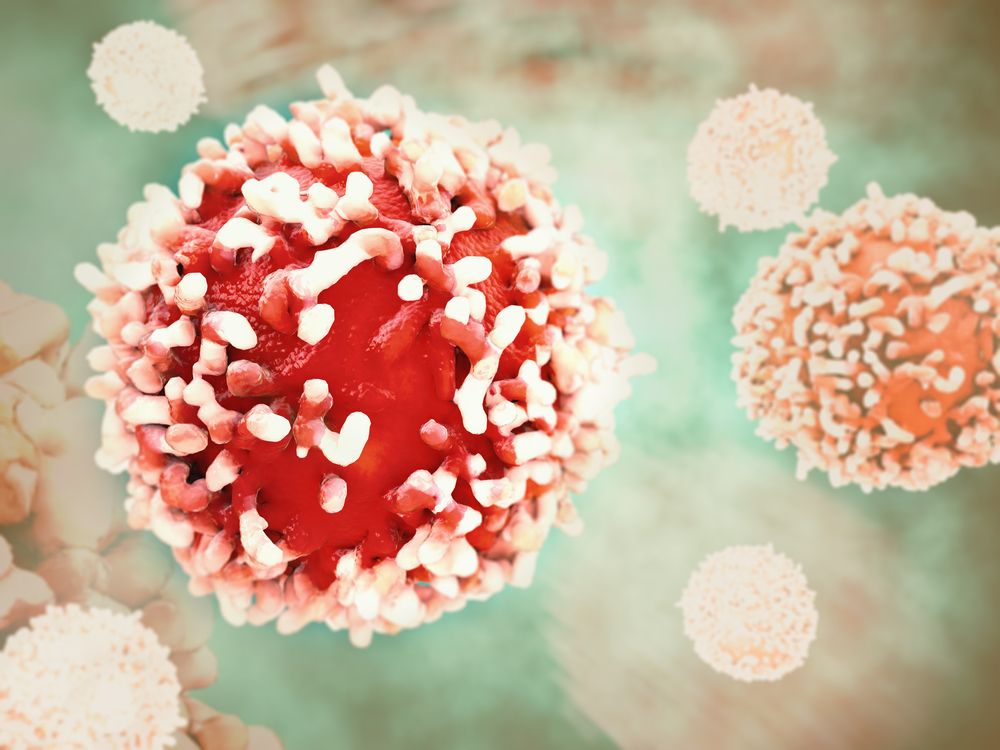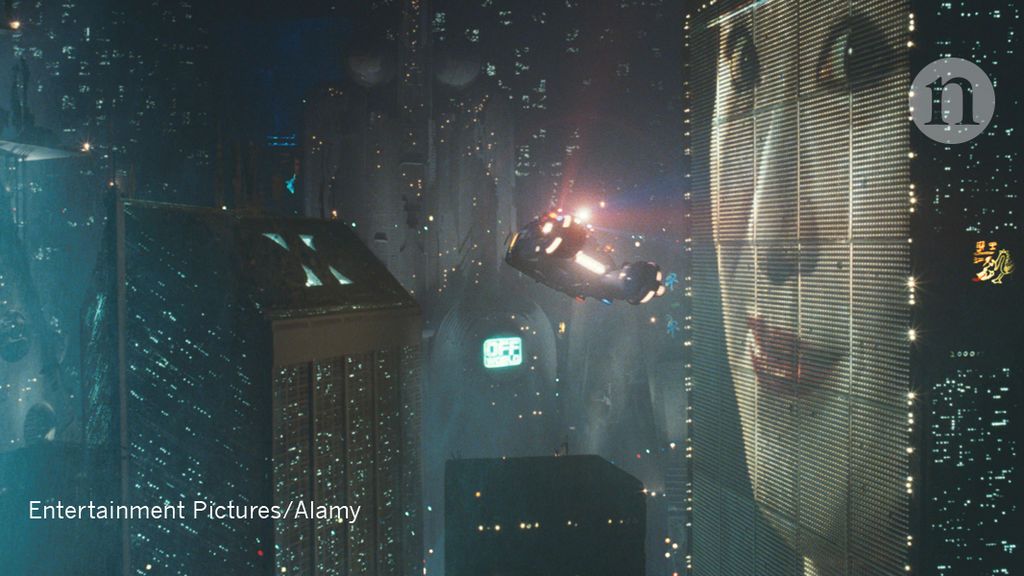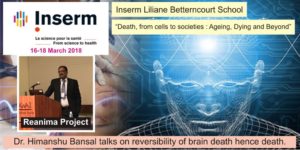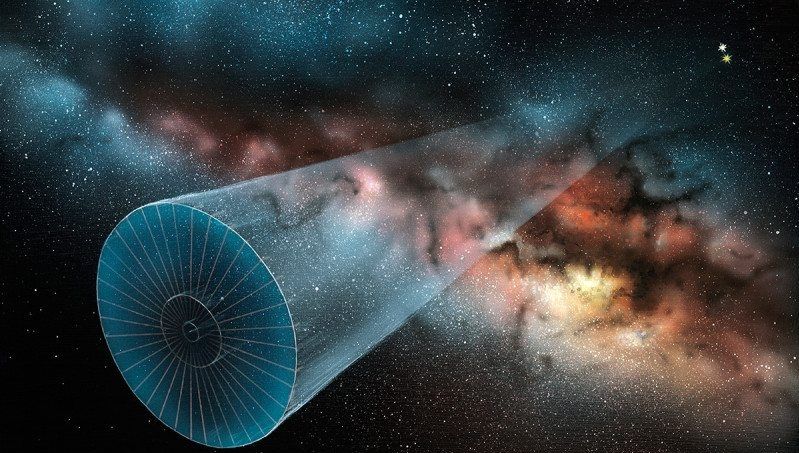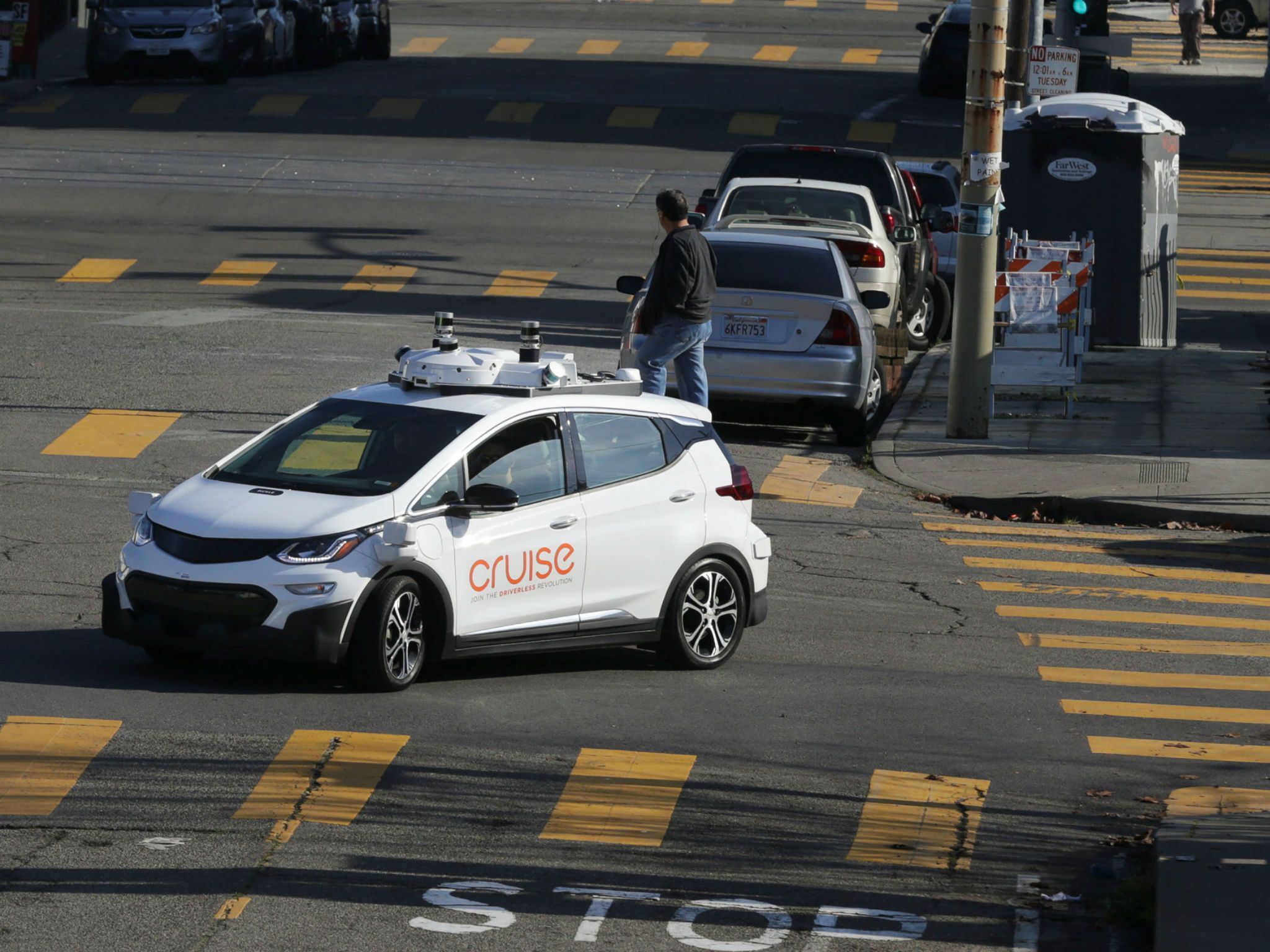Some cancer cells express some of the same genes that senescent cells do, so it makes sense that drugs that destroy senescent cells may also destroy cancer cells. This was what the researchers in this new study set out to test.
However, in this experiment, the researchers discovered that the chosen senolytic drugs were not effective at destroying cancer cells with senescence-associated gene expression. While cancer cells and senescent cells do share some common properties, they are also quite different at an epigenetic level.
The researchers did, however, demonstrate that a so-called “suicide gene therapy” that causes both senescent cells and cancer cells to kill themselves worked by targeting senescence-associated p16Ink4a. This approach is similar to that of SENS spin-off company Oisin Biotechnologies, which is using a suicide gene therapy to eliminate senescent cells.
